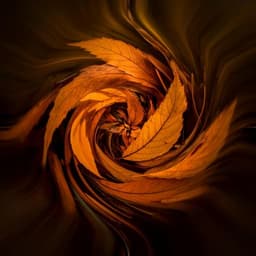
Chemistry
Turning copper into an efficient and stable CO evolution catalyst beyond noble metals
J. Xue, X. Dong, et al.
Experience the groundbreaking study by Jing Xue and colleagues, demonstrating a trimetallic single-atom alloy catalyst that achieves 100% CO selectivity for converting CO2 to CO with impressive stability and efficiency. This innovative research challenges traditional reliance on noble metals, paving the way for sustainable energy solutions.
~3 min • Beginner • English
Related Publications
Explore these studies to deepen your understanding of the subject.







